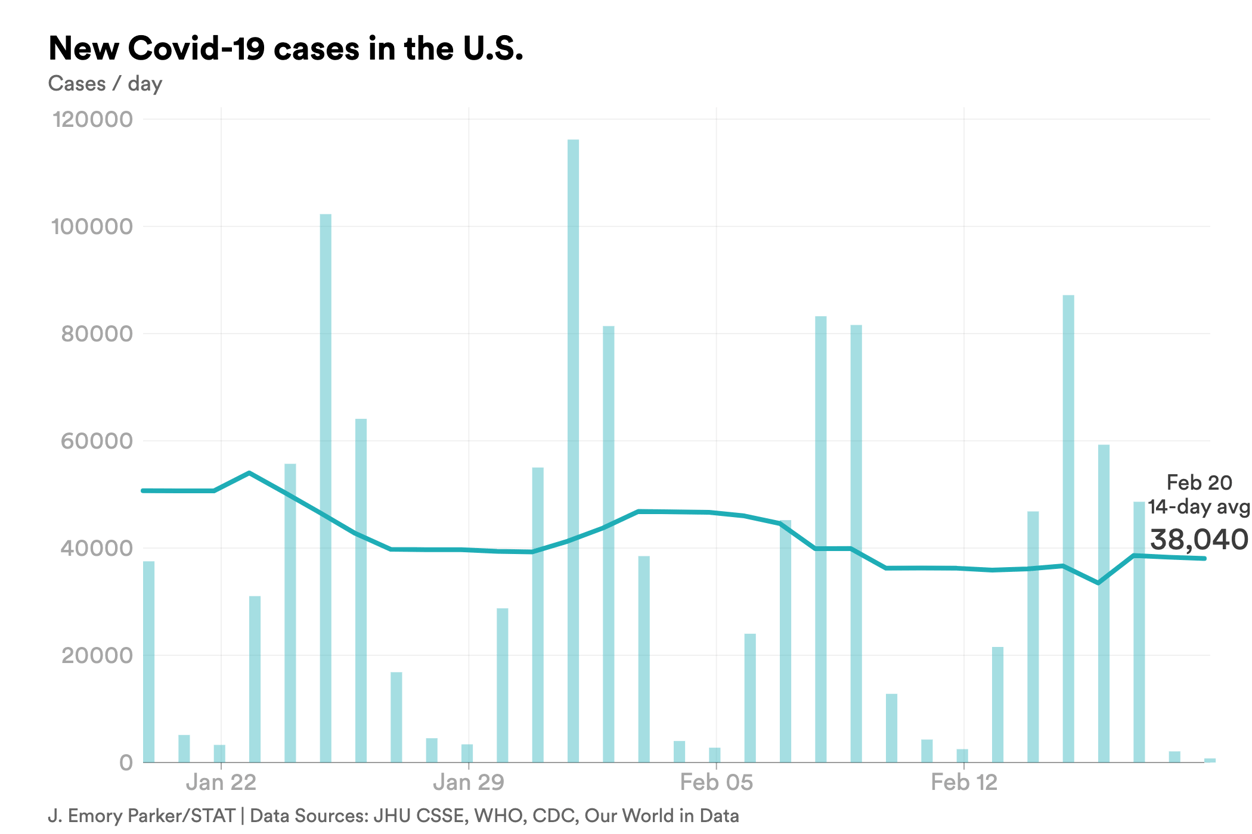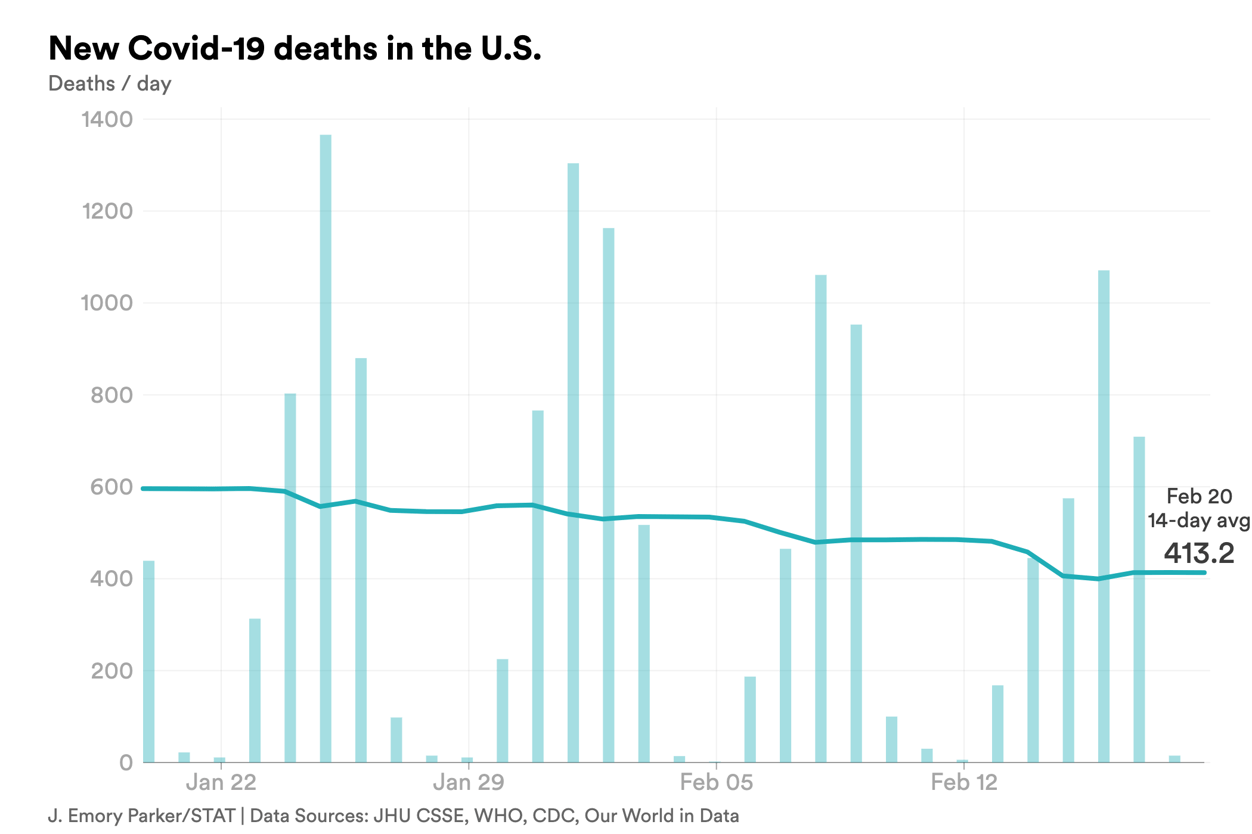Closer Look
A battle between Vertex and insurers leaves CF patients in the middle
 Kim Raff for STAT
Kim Raff for STAT
Last year, Dan Brickey (above, with his 2-year-old daughter Ali) found out that the annual cost of Ali's cystic fibrosis medicine was set to climb from just $180 out of pocket to a whopping $43,600 in 2023. That’s because the drug’s maker, Vertex Pharmaceuticals, decided to slash the financial assistance it offers to patients. “They put a price on our daughter’s life,” Brickey said.
Other patients and their families may also soon encounter problems resulting from a behind-the-scenes struggle between pharmaceutical companies and U.S. health insurers. But the decision by Vertex to reduce its annual copay assistance for cystic fibrosis treatments — in this case, from approximately $100,000 a year to $20,000 — marks the first time a major pharmaceutical company has taken such a drastic step. STAT’s Ed Silverman has more on the battle to control how medicines are paid for in the U.S.
health
After the train crash in Ohio, concerns about 'a witch’s brew of chemicals'
If you’ve seen coverage of the train derailment in East Palestine, Ohio, then you’ve seen images of the smoke rising upward like a funnel cloud from the wreckage. In order to avoid an explosion, officials intentionally released and burned vinyl chloride gas from train cars, days after chemicals had spilled on the ground and into waterways. Two weeks later, many questions are still unanswered about exposure to toxic chemicals in the small town and along the Ohio River.
STAT contributor Jill Neimark breaks down what chemicals the train was carrying, what happened when they burned, and what harm they may pose. Among those causing concern is the carcinogen dioxin. “I’m certain from the view of that black smoke plume that it was a witch’s brew of chemicals on fire, and I’m quite certain dioxins would be among them,” said Ted Schettler, science director at the environmental nonprofit Science and Environmental Health Network. Read more.
health
Disordered eating behaviors show up in 1 in 5 children and teens, analysis says
More than 1 in 5 children and adolescents have eating behaviors that could evolve into eating disorders, an analysis of 32 studies including 63,000 participants in 16 countries on five continents concludes. The study in JAMA Pediatrics is based on responses to a five-question screening tool that asks if young people make themselves sick if they feel too full or if they think they’re fat when others say they’re too thin, for example.
The diagnostic bible known as the DSM-5 says the prevalence of eating disorders among 11- to 19-year-olds is 1.2% for boys and 5.7% for girls. The new study also showed disordered eating was more common among girls, older children, and those with higher BMIs. Emphasizing that these behaviors aren’t the same as eating disorders, the authors do say they lead to greater risk of poor health and psychiatric problems.
by the numbers




